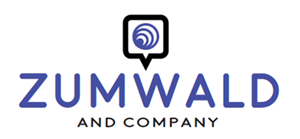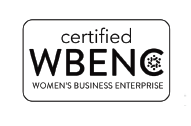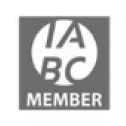Good speeches start with this

All public speakers want to write and deliver good speeches.
When you’re working on a speech, do you try to speed up the process by getting all your thoughts on paper first?
If so, you may find yourself wallowing aimlessly in a sea of words with no clear direction.
Read on to find out what to do first if you want to write and deliver good speeches.
BLANK SPACE
“Brian has a speech coming up,” a colleague texted me this week. “I think he can write his speech – but will need direction in enhancing that speech.”
Unfortunately, this scenario is all too common:
A leader like Brian who’s been asked to speak at a conference or event begins by writing a draft – and then asks someone else to enhance (or rather fix) those remarks.
It happens under the guise of efficiency:
“I’ll get all my thoughts on paper, and someone else can make it sound better.”
Truth is?
This approach turns out to be frustrating and time-consuming for both the speaker and the individual (often a communications professional) tasked with making those thoughts “sound better.”
What if there was a better way to write and deliver good speeches?
In my recent workshop created and delivered for members of the Ohio Society of Association Professionals (OSAP) about how to “Write Better at Work,” I talked about the importance of following a writing process every time you write.
The first part of that process is not getting all your thoughts on paper.
Instead, you must take A.I.M.
The road to good speeches: What does it mean to take A.I.M.?
A.I.M. is a methodology I created to help speakers get to the heart of what they want to say – in less time and without pain – to achieve greater impact and better outcomes with their speeches and presentations.
It’s the thinking part.
Not the writing part.
Let’s break it down.

A is for Audience
It means taking a few moments to analyze your audience first – before you write anything.
- Who are they? How would you describe them?
- What are their wants and needs? Challenges and opportunities?
- What does your audience already know and feel about your topic?
Your answers will help you see how to connect with your audience so you can change your audience in some way.
I is for Intention
It means taking a few moments – upfront – to identify your intention with your speech.
What outcomes would you like to see?
For example:
- How do you want to change thinking – what the audience believes? The answer requires knowing what your audience thinks now about your topic, and what you want them to think at the end of your talk. Write this down.
- How do you want to change behavior? The answer requires knowing what your audience is doing now, and what you want them to do differently in the future. Write this down.
Good speeches can change both thinking and behavior.
M is for Message
It means committing to a solitary message. (If you try to say everything, the audience will remember nothing.)
Your solitary message should be one sentence based on your audience analysis and the intention you defined upfront.
It should be action-oriented and involve the audience in some way.
What to do next to write and deliver good speeches
If you don’t follow the same writing process routinely, next time start by taking A.I.M.
Taking A.I.M should always be your first step – whether you are drafting a speech, writing an email or creating a report.
Give it a try.
Then drop me a line and let me know how it went.

















